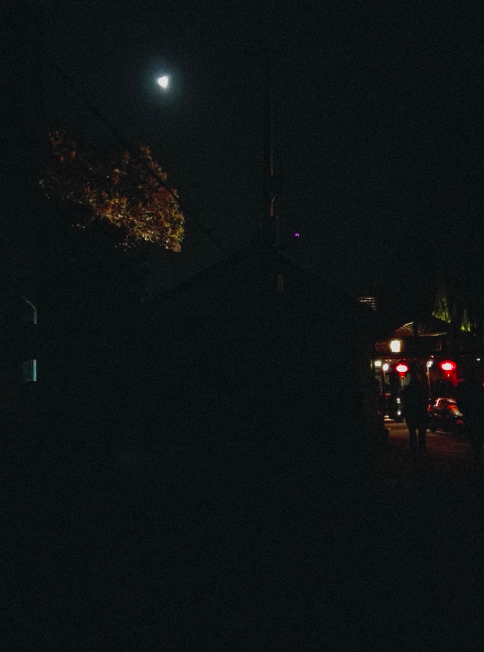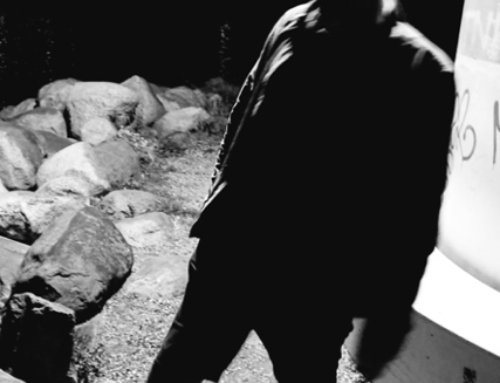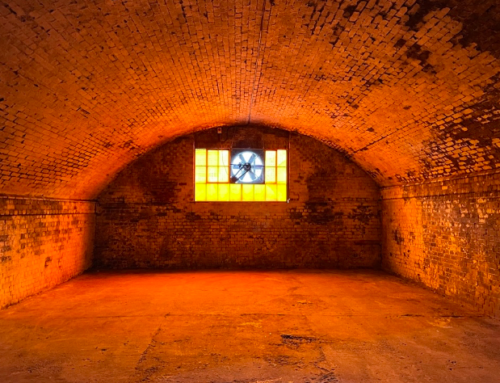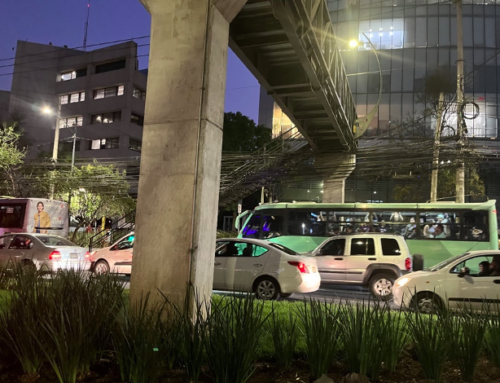
Ancient Water Town by Night. Suxi, China. Photo by the author.
In Suxi,
dusk greets me
with a seepage of skin sensations,
present and absent tickles,
like the grit-grit of gravel
underneath my sandals
from the impending store fronts
under construction
next to the artist compound
where I stay.
Laborers work tirelessly
in the summer heat
to revamp
the ancient architecture
of the house
into a future
retail destination.
A mix of classic Chinese design
– white plaster walls,
gray roof tiles,
wood window trims –
and shiny glass and neon
features perfect
for the endless stream
of Shanghai’s hip day-trippers
to snap
their WeChat Moments,
reveling in the beauty
of over 2,000 years of history,
while they escape
the rush-rush-rush
of their modern city lives.
Ironically,
China’s ambitions for expansion reach
even into the distant past
of small Suxi,
popularly known
as an “ancient water town” by day,
down to the sunset
that drains the stone streets and arched bridges
until no one but the proprietors,
their families,
the retirees,
and mosquitos remain.
Gone is the press
of sweat and flesh,
the peppery scent
of pickled chilis
infused with fatty fry oils.
Gone is the strange bouquet
of “stinky tofu’s”
sweaty gym sock
odor mixed with
candy-sweet bubble tea
and roasted coffee beans.
No longer do I hear
the melodies of a thousand mouths
conversing cheerily
in a language I don’t understand.
Deftly, the Suxians reclaim
their town spaces.
As the final tourist stragglers
leave the car park,
a group of middle-aged men and women
in bright, baggy clothes
form evenly spaced lines
on the asphalt,
ready to twirl their wrists
and step their feet
to the peppy tones
of a C-pop song beat,
mirroring
an instructor at the front.
“Square dance,”
“For exercise,”
Yaoxian – my guide and interpreter – says,
on our way
to our favorite Shaokao stall.
Lit paper lanterns sway
at Mr. Lee’s tea shop
where patrons enjoy
a peaceful cup of smooth,
fruity green tea,
as the last fishermen cross
the waterlily-decked lake
to the wooden dock
in front.
The motorized purr
briefly drowns out
the off-key squeal
sang merrily
by some elderly women
to a Mandarin rendition
of Celine Dion’s
“My Heart Will Go On”
(I do recognize that!)
at a nearby karaoke parlor.
Yaoxian waves and greets a friend,
tucked in the back
of a little grocery store,
between shelves of colorful fruit
and vegetables showcased
under radiant fluorescent light
and a muted TV,
snug with her daughter
doing homework.
The neighbors next door
chat over a bowl of rice,
bamboo shoots,
and lotus root
on rickety stools outside
atop Suxi’s famous
herringboned-patterned street,
bemused
by their yappy dogs
cavorting along the canal.
Once darkness falls,
only the pungent perfume
of food decay
– sweet, musty, a dash of licorice –
lingers,
pregnant plumes that stick
to our bare slick arms
as we pass the big, green dumpsters
with their slide-off
black plastic lids
lining the street,
their bins bursting
with fruit peels,
half-empty packaging containers,
plastic bags,
and defective
personal items.
They’re idle reminders
of the hot summer day.
Just like the gravel
that gritted underneath
my sandaled-clad feet, when
I set out on my walk
through Suxi to eat
and passed
the two impending storefronts,
akin to the missing front teeth
in a six-year-old’s grin,
empty
but for the spilled plaster rubble.
Traces
of time past
and passing.
Minke Nouwens is a PhD student with the Center of Digital Creativity at Aarhus University (DK). She is a passionate explorer of the spaces where art and anthropology overlap.
Cite As: Nouwens, Minke. 2023 “Traces” In “Flash Ethnography: Dusk” Aaron Hames and Derek Pardue, eds., American Ethnologist website, June 20 2023 https://americanethnologist.org/online-content/collections/dusk-collection/traces/




